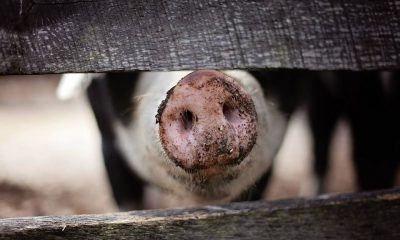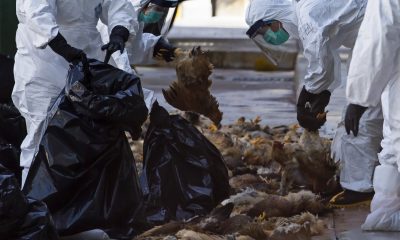The deadliest and possibly worst bird flu outbreak in U.S. history has hit the poultry industry so hard that a carton of eggs now costs 137% more than a year ago.
Based on data from the U.S. Bureau of Labor Statistics, the highly pathogenic avian influenza A(H5N1), first detected in the country in January 2022, has caused the pricing for eggs to skyrocket.
In December 2021, the average cost of an egg carton containing a dozen eggs was $1.79. Due to the ongoing outbreak, the price shot up to $4.25 per carton in December 2022. That would entail a 137% increase, according to Ars Technica.
The increase was reported a few weeks after two outbreaks affected nearly 63,000 chickens in Weakley County, Tennessee. Furthermore, A(H5N1) has already been detected in wild birds across 50 states. Meanwhile, 47 states have reported outbreaks on poultry farms.
Millions of hens and turkeys have reportedly died across the country as the virus continued to wreak havoc in poultry farms even if owners and farmers have already replaced their entire flocks.
Amid the devastation, egg supplies have gotten strained. It also doesn’t help that fewer hens have been laying eggs. Buyers have since turned to other sources, while experts see this as a long-term issue that will only be resolved once the outbreak is over, according to SupplyChainBrain.
The big jump could be justified by inflation and supply chain issues amid the COVID-19 pandemic. But it’s still alarming, knowing that eggs saw the largest percentage increase of any specific food, based on the consumer price index.
Aside from the economic setbacks the longest bird flu outbreak in the U.S. has caused, there is also fear that the A(H5N1) could pose a health risk to humans. Though highly contagious to birds, the virus generally does not infect humans, as per the Centers for Disease Control and Prevention (CDC).
So far, the CDC has only reported one case of bird flu in a human after one person tested positive for A(H5N1) virus last April. The person reportedly had direct exposure to poultry and was involved in the culling of chickens presumed infected with bird flu. The patient only had mild symptoms and recovered. The public health agency also maintained that human-to-human transmission is unlikely.
















